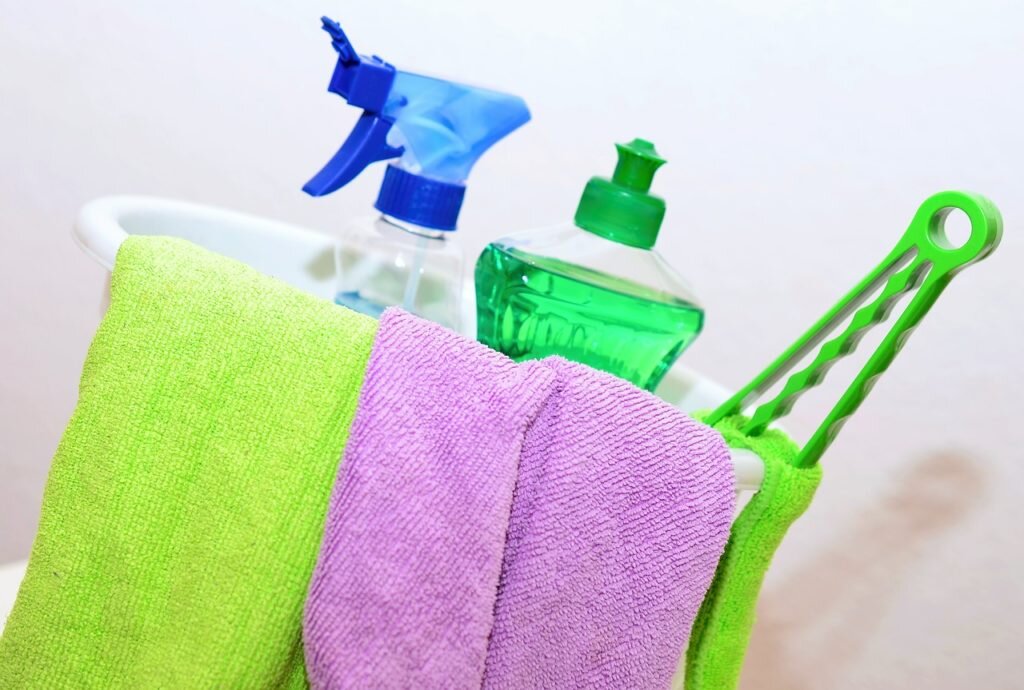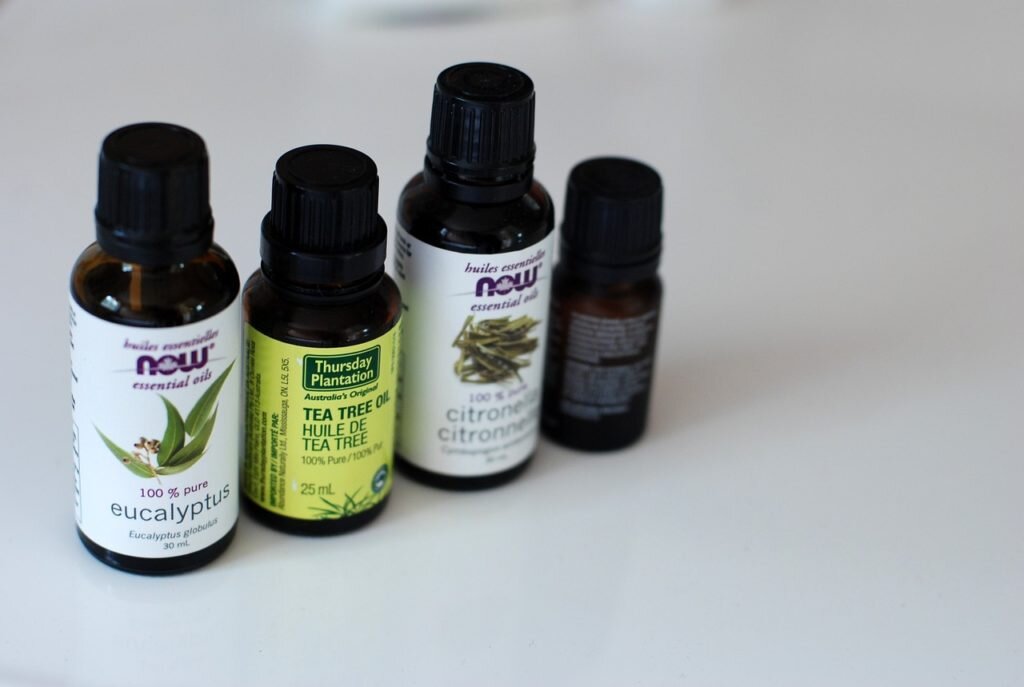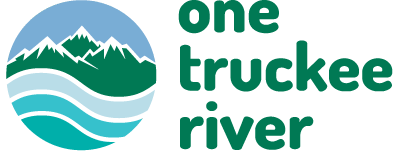A Guide to Making Your Cleaning Greener, Cheaper, and More River Friendly
If you’re having trouble connecting the Truckee River and your at-home cleaning tendencies, you’re not the first and you’re not alone. In this post, we’ll break it down for you.
First: How do my cleaning supplies even enter the river?
This is best explained with an example. Let’s say you’re cleaning your toilet or rinsing out a sponge, all of that watery cleaning residue is going to drain down your sink into the sewers, and then head to a wastewater treatment plant. This is where all of the water is cleaned and disinfected before being reintroduced to the Truckee River.
However, as advanced as wastewater treatment has become, many chemicals remain challenging to remove entirely and some will still end up in our waterways. This includes both nitrogen and phosphorus.

Second: What’s so bad about the cleaning supplies I’m using now?
Some of the primary problems associated with typical cleaning products found in your local grocery store are that many contain Volatile Organic Compounds (VOCs) and phosphates, on top of usually being packaged in plastic.
On VOCs: According to the Environmental Protection Agency (EPA), VOCs have many recorded health effects and contribute significantly to indoor air pollution; in fact, these compounds are found at levels two to five times higher indoors than outdoors. (Luckily, they are already regulated in our water.)
Phosphates, on the other hand, are the naturally occuring form of phosphorus -- a limiting nutrient for plant growth. When these nutrients are introduced into our waterways they cause algae to grow. This harms water quality and reduces oxygen available in the water to fish. As you may recall, this is one of the chemicals that can be more challenging to remove from our wastewater.
The American Lung Association spells it out for us: “Cleaning supplies and household products containing VOCs and other toxic substances can include, but are not limited to:
- Aerosol spray products, including health, beauty and cleaning products;
- Air fresheners;
- Chlorine bleach*;
- Detergent and dishwashing liquid;
- Dry cleaning chemicals;
- Rug and upholstery cleaners;
- Furniture and floor polish; and
- Oven cleaners.”
Lastly, the plastic: All of these products are packaged in plastic, which we should be trying to reduce our use of as often as possible. Plastic further pollutes our waterways by never fully breaking down as well as contributing to the burning of fossil fuels in its production.

Third: What changes can you make?
If you’re panicking about the list of toxic supplies above, it’s okay. The secret is in DIY! (Not only will you be caring for your river with these recipes, you’ll be saving money, too!)
You only need a few key ingredients to make this happen. Your go-to in river friendly cleaning is baking soda! You probably already know it’s effective at keeping your fridge fresh, but baking soda by itself is also an effective scouring agent.
If you’re ready to go DIY, try mixing baking soda with warm water to make a surface cleaner substitute for almost anything: your stove or oven, outdoor furniture, tiles, and bathroom or kitchen counters. Go further by adding some white vinegar to your baking soda mix and you’ll be ready to clean carpet stains, remove coffee and tea stains, unclog drains, clean your toilet bowl, and more. You can also try mixing white vinegar with water to replace windex when cleaning glass and mirrors.
Spruce up your new cleaning concoctions with your favorite essential oils, like lavender, tea tree, or eucalyptus, to keep your home smelling fresh as well.
Fourth: What about all my old plastic cleaning bottles?
Use them up and then reuse them! You’re going to need a place to store your new cleaning solutions, and these bottles were literally crafted for it. Just smack a new label on them so you don’t get confused.
If you absolutely must use store bought cleaners, take a peek at the labels before you head to the register. Look for products that list out all of the ingredients and don’t contain phosphates; they are the biggest health risk to rivers found in soaps!
If you want to take your eco-cleaning even further, check out this guide.
Sources:
Earth Easy: Non-Toxic Home Cleaning
Earth Easy: Zero Waste, a Beginner’s Guide ,
